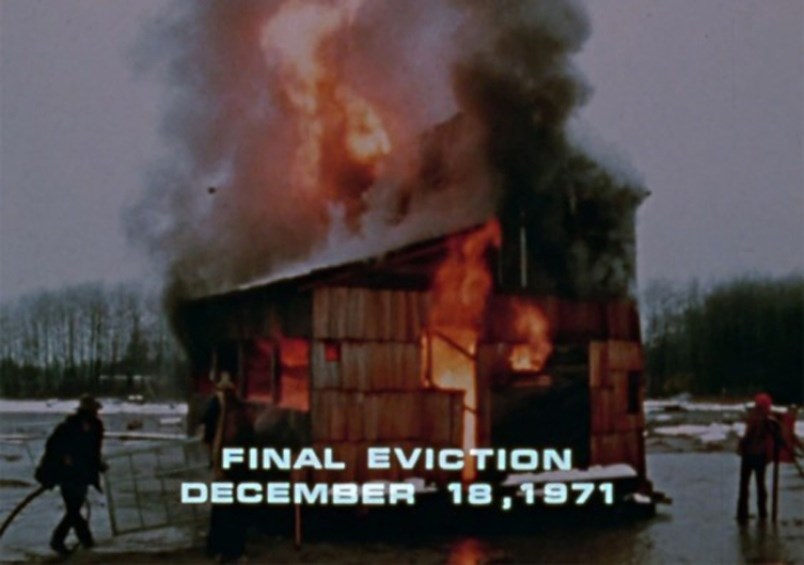November’s Deep Cove Crier will be my last of 140 commentaries dating back to 2005. I have tried to address Seymour issues and have touched on subjects as diverse as dog behaviour, fungus, pay parking, oil tankers, bees, rights-of-way, and climate change.
Hopefully, these articles have been informative, occasionally provocative, and not too political. My last article on Nov. 2 will welcome the new mayor and council that we will elect on Oct. 20. Hopefully, our new mayor will have the same opportunity that the Deep Cove Crier has provided to me and my predecessors. It has been a great opportunity to connect with residents in the Seymour area and share in your unique community. Writing this second-to-last column prompted me to reflect on the rich history of this area.
As a long-term resident and local high school teacher, I have had a strong interest in our history, especially the squatter settlements in Cates Park and Maplewood mudflats. North Vancouver District had no elected council from 1931 to 1951 as the Depression rendered most local governments insolvent, and the War delayed elections until economic normalcy returned.
With the baby boom in the early 1950s came the genesis of many of the residential neighbourhoods in Seymour, and with it came political pressure to remove the squatter colonies. The residents of these colonies were, for the most part, elderly retired fishermen, remittance men, and cottagers from Vancouver.
The newly elected DNV council received expressions of concern from the wider community and steps were taken to remove the cabins. As a UBC student in 1972 I spoke with the late poet, Earle Birney, a great friend of local resident squatter, novelist Malcolm Lowry.
Birney described to me receiving a call at his UBC office saying that DNV bulldozers were levelling Lowry’s shack. Birney rushed out to Dollarton to explain to the workmen that the rain-soaked papers scattered in the mud were the life’s work of the English language’s greatest living author— the salvaged papers are in the Lowry Archives at UBC.
In the early 1970s, a small colony of squatters on the Maplewood mudflats was again removed by the DNV. A National Film Board production Mudflats Living documented the events, explaining both the mudflats residents’ and DNV council perspectives. The public dialogue that ensued was civil and reflected the early influence of Greenpeace, which was spawned in the counter-culture discussions within the UBC community. As a result, the mudflats became a nature conservancy, preserving the last remnant of the North Shore food-producing tidal flats that supported 7,000 years of habitation by the Tsleil-Waututh and Squamish nations.
Another 20 years later, in the mid-1990s, district council entertained discussions to build subdivisions out of much of the lower slope forests above Deep Cove and Capilano University. Successful local community lobbying led to much of this land being removed from development consideration. This protection was reconfirmed within the 2011 North Vancouver District Official Community Plan and the 2014 Metro Vancouver Regional Plan.
As we approach the 2020s, we are moving into another phase of land-use planning. The upcoming decade will likely see further definition of land status in Maplewood Town Centre, East Maplewood (the former port lands), the Tsleil-Waututh lands, and Blair Rifle Range. Our Tsleil-Waututh neighbours have aspirations concerning use of their own land. It is important that we continue to engage constructively and civilly as we work to balance protecting what we hold dear, while finding ways to provide the housing, employment and infrastructure needs of future generations.
As your departing mayor, I hope that future dialogue on land-use issues is both balanced and civil, that positive change is embraced, and that the relationship with the Tsleil-Waututh remains strong and timeless. ■



